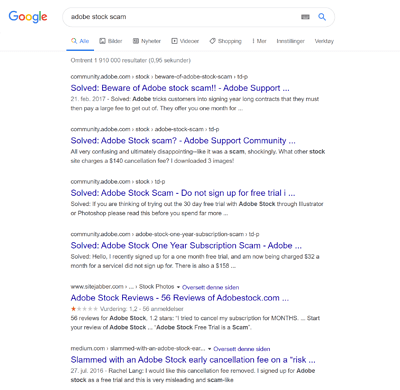Very interesting to read about people experiences talking about Krita with their fellow artists! 
I naturally recommend people Krita to anyone looking to start doing digital art since it’s an objectively great tool for drawing and painting, and it’s completely free as well. I’m usually not far away from friends butting in with a “NO, MY ART SOFTWARE IS BETTER!” though.  Trying to declare our choice of art software as the superior one is a regular activity in my circles.
Trying to declare our choice of art software as the superior one is a regular activity in my circles.
For me personally, the reason my artist friends hesitate to try Krita or won’t try to make any serious switch usually boils down to “it’s not what I’m used to”. In the famous words of Daniel Thrasher: “IT. AIN’T. FAMILIAR!!”
The friends who come from SAI typically feel a bit overwhelmed by the UI. SAI is a streamlined and minimalist software, and users are used to having 80% of the software in front of them at all times. I’ve lost count of the number of times I’ve had to ask SAI users trying Krita if they’ve looked for a setting in the settings.  I will admit that some of their frustrations have validity though. A lot of SAI users’ workflow rely on having brush smoothing enabled (called “Stabilizer” in SAI). Krita has smoothing and it works well, but there are a number of problems with it from a UX standpoint. For example, it’s a bit awkward having to explain to people that Krita has a second brush tool that has an additional method of smoothing (the Dynamic Brush Tool). Transferring SAI users love to latch on to this as a sign that Krita’s isn’t very well designed, though they also like to exaggerate just to tease me
I will admit that some of their frustrations have validity though. A lot of SAI users’ workflow rely on having brush smoothing enabled (called “Stabilizer” in SAI). Krita has smoothing and it works well, but there are a number of problems with it from a UX standpoint. For example, it’s a bit awkward having to explain to people that Krita has a second brush tool that has an additional method of smoothing (the Dynamic Brush Tool). Transferring SAI users love to latch on to this as a sign that Krita’s isn’t very well designed, though they also like to exaggerate just to tease me  They acknowledge that Krita is a more powerful software, but also feel that SAI has all their needs covered as it is.
They acknowledge that Krita is a more powerful software, but also feel that SAI has all their needs covered as it is.
(Expect a write-up on the stabilising/smoothing thing btw  )
)
Photoshop users, in my experience, usually excuse their disinterest in switching to - or even trying - Krita with the usual “Photoshop is the industry standard”. Now, this phrase at face value doesn’t really hold up. Just because something is popular doesn’t mean it’s the best. Their thinking is more that Photoshop is true and tested; people use it for work daily to produce high quality art. Once they have accessed and learned “industry standard” tool they need a good reason to make a switch to something else. It’s not enough for Krita to rival Photoshop; it needs to be an immediate upgrade. The time and effort invested in learning a new tool needs to result in some yield. Photoshop is a beaten path, and users hesitate to venture off of it without a large enough incentive.
And then there’s Clip Studio Paint users. In my circles, these people seem to think their art software is the definitive alternative to Photoshop for artists. It’s professional-grade-paid-for-software but it’s affordable compared to PS and is more artist-centered. These have, in my experience, been the hardest to talk into trying Krita out. I have a theory it’s because they’re still trying to convince themselves that it it was worth spending their precious money on affordable software (just kidding  ). It’s also interesting that I’ve seen both Krita and CSP users talking about how it was easy to switch to their respective software from Photoshop, but I’ve also seen CSP users talking about how Krita’s UI is very confusing and vice versa. I’m curious how both Krita and CSP can be seen as very similar to Photoshop, but at the same time be impossibly different from each other
). It’s also interesting that I’ve seen both Krita and CSP users talking about how it was easy to switch to their respective software from Photoshop, but I’ve also seen CSP users talking about how Krita’s UI is very confusing and vice versa. I’m curious how both Krita and CSP can be seen as very similar to Photoshop, but at the same time be impossibly different from each other  The ones who do try Krita out and doesn’t hate the UI usually doesn’t have any motivation to stick with CSP other than “I’m more used to it. Plus, I’ve already paid for it.”
The ones who do try Krita out and doesn’t hate the UI usually doesn’t have any motivation to stick with CSP other than “I’m more used to it. Plus, I’ve already paid for it.”
In the end, it seems to be a lot of smaller factors as to why people won’t switch to Krita, rather than a few larger ones. It also varies from person to person, what they want out of their software and what they value in it. Not everyone sees value in the philosophy of the open-source software movement, or they don’t see the point in going against the stream (i.e. the “industry standard”).
